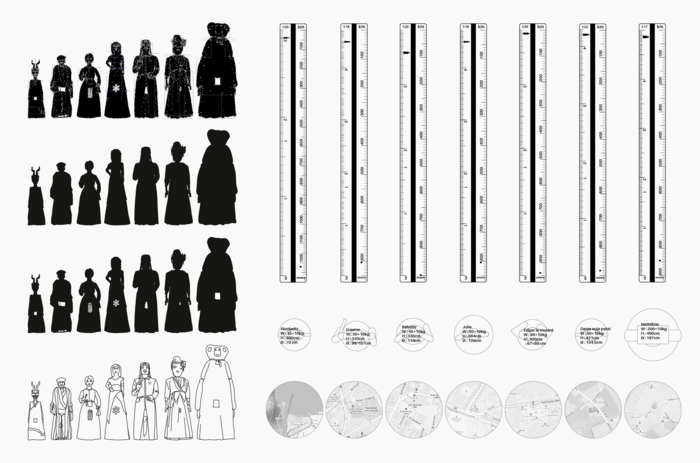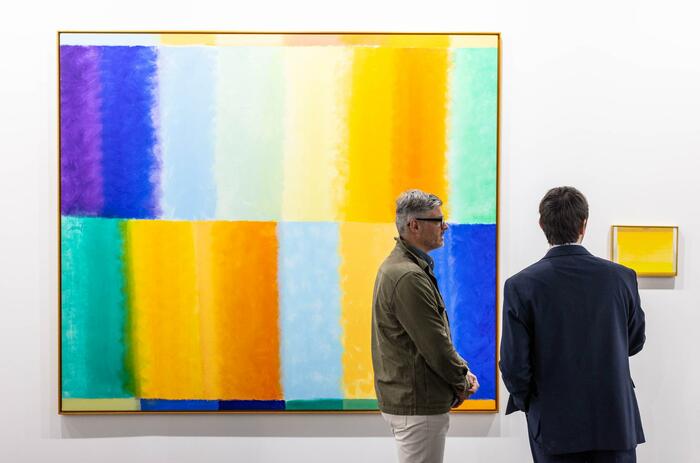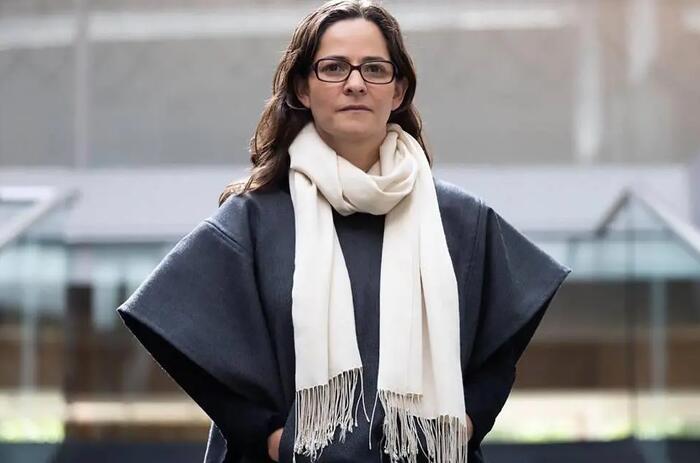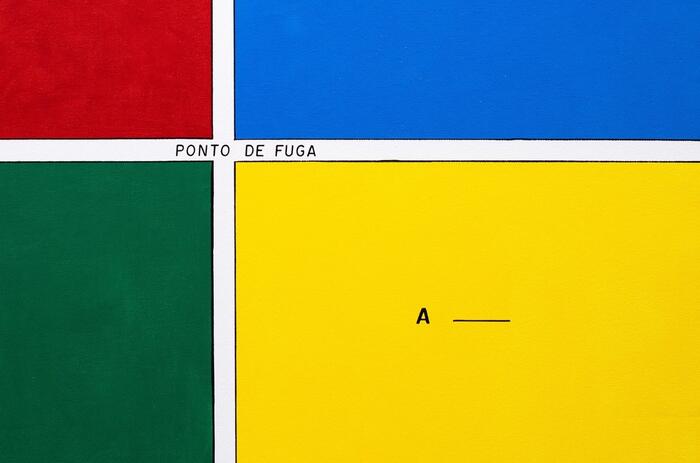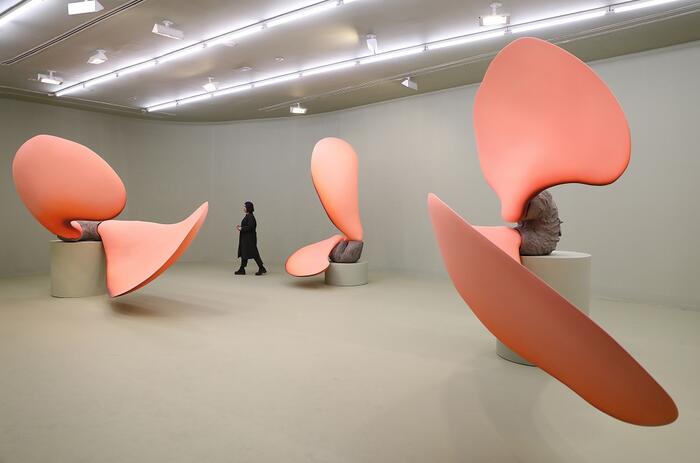ANA GALLARDO AT CA2M: RESISTANCE, GRIEF AND EMBODIMENT
The CA2M (Museum Centro de Arte Dos de Mayo) presents the exhibition Ana Gallardo. Tembló acá un delirio. (A delirium trembled here). Curated by Alfredo Aracil and Violeta Janeiro, the show runs from March 2 to July 7, 2024.

Since the late 1990s, when globalization operated a framework of precariousness and feminization of labor that transcends the domestic and care sphere, the work of Ana Gallardo (Argentina, 1958) has been problematizing the privatization of feelings and social relations from a perspective that puts the open wound of violence against women at the center.
Far from occupying the place of the victim, what Ana Gallardo seeks is to stage a desire for personal and collective revenge. Resulting from the rejection of death as a repressive technique, her resentment is oriented towards the capacity to create the world and build other links with the living creatures; very different, therefore, from the resentment of the hate policies of those who feel they have lost their privileges, the owners of terror and oblivion, those who threaten to disappear the bodies and experiences of mothers, daughters and grandmothers unable to adapt to colonial and patriarchal axiomatics.
What pushes Ana Gallardo not to abandon her will to create –putting herself at stake while wondering how and with whom she can learn to live differently –is the possibility of doing something with the materials of mourning, from an artistic practice that, although it does not cure, it repairs and enables becomings. But also, and above all, to make mourning a public process. Appealing to memory, giving matter to what is absent, making it active, keeping in mind those who die before they should, in pain and agony, while trying to make the dreams of other women who, still alive, are punished for defying the mandates of capitalist social reproduction, come true.
With her back to the identity strategies that celebrate suffering as the truth of each individual subject, this twenty-year tour of production highlights the vital impulse and nonconformity even with herself. The commitment to a struggle that, forged in solidarity with those who are different but equal, is materialized in a group of works crossed by oral testimonies, confessions, stories written by several hands and scenes of a work that confuses what is their own with what is not theirs.
Tembló acá un delirio is not presented as a retrospective. It proposes one of many possible drifts, a logbook of Ana Gallardo's detours through the Global South and its geographies of necropolitical and extractivist violence. The autobiographical dimension of the exhibition is not confined to the theater of the self, but exposes the limits of all subjective experience. That artistic practice is conceived as a technology of self-knowledge and mutual support, thanks to the participation of a cast of voices that, as in Sophocles' Antigone, form a family outside blood ties, contributes to create a zone of continuity where the critique of subjugation –for reasons of race, sex, age, class and other forms of repression–, like an earthquake, has its replica in the defense of territories. Because the traumas of the mountains and the bones lost in the jungle are no different from our own. Land is the matter of memory.
Ana Gallardo is a political artist. From this position, she disputes the orthodox meanings of that category in contemporary art. Her work approaches in an early way to reflections that, at present, are inserted in feminisms and gender theories. Works made with almost nothing or with everything that is around: her production is manifested in various supports, fragile and unstable that enhance the practice and identity of the artist. Her works are traversed by personal stories, her own and others', always moved by desires, attempts to transit states of mind and visibilization of structural violence. The artist works on the non-hegemonic and anti-productive emotions of capitalist society. The themes she deals with are family, work, old age, the art system and violence against women.

